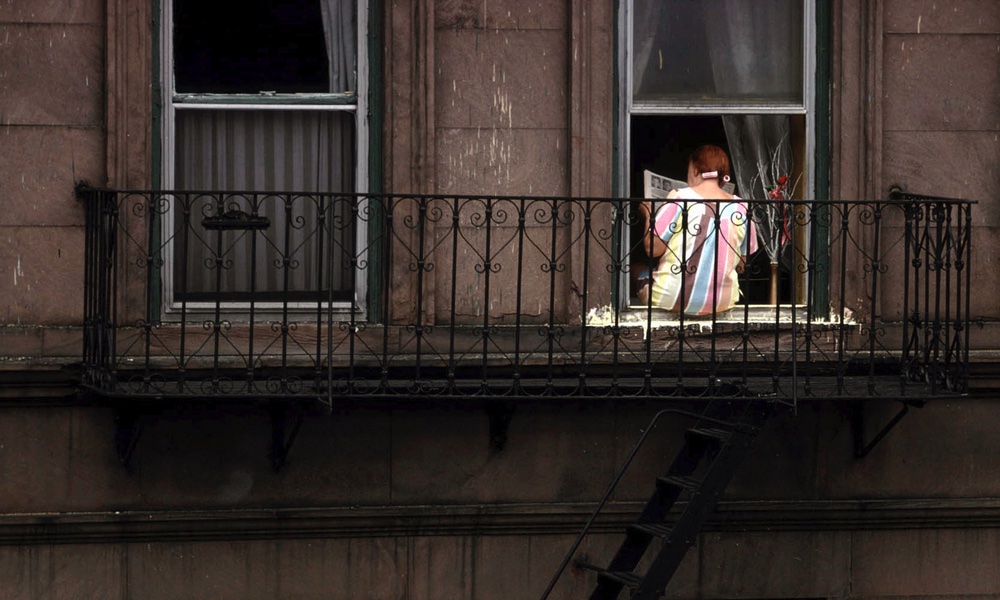Last month, Surgeon General Vivek Murthy issued an advisory on what is becoming a public health crisis: loneliness and social isolation.
Lack of social contact is not good for anyone. In older adults it increases the risk of heart disease and dementia. Having few social connections can also increase seniors’ risk of early death.
So what can be done to bring people together? One of the Surgeon General’s recommendations for reducing social isolation is the development of neighborhoods that promote social interactions among residents, such as green spaces and parks.
A recent study by researchers at the University of California at San Diego (UCSD) supports this recommendation. They found that walkable neighborhoods make interaction more likely — and loneliness less of a problem.
Using data from more than 1,700 adults between the ages of 20 and 66 who participated in the Neighborhood Quality of Life study, the UCSD team looked at the responses of people who lived in 32 neighborhoods in and around Baltimore, Washington, D.C. and Seattle. Those who lived in walkable neighborhoods reported feeling a stronger sense of community and having more interactions with their neighbors than those living in neighborhoods that required driving everywhere.Millions of Americans live in neighborhoods where they must drive everywhere and have little chance to interact with their neighbors.
Walkable neighborhoods in these cities had greater residential density, proximity to non-residential destinations and other features that promote walking either as recreation or a way to get to school or work, or go shopping.
“Our built environments can create or deny opportunities for socialization, physical activity and other experiences that affect public health,” James Sallis, senior author on the study, told TheDoctor. Transportation and land use policies across the country have prioritized car travel and suburban development. Millions of Americans live in neighborhoods where they must drive everywhere and have little chance to interact with their neighbors because of such policies.
Physical activity such as walking significantly reduces the risk of depression and anxiety; and by encouraging social connections, walkable neighborhoods also reduce the risk of loneliness and depression.
The study is published online in Health & Place.





